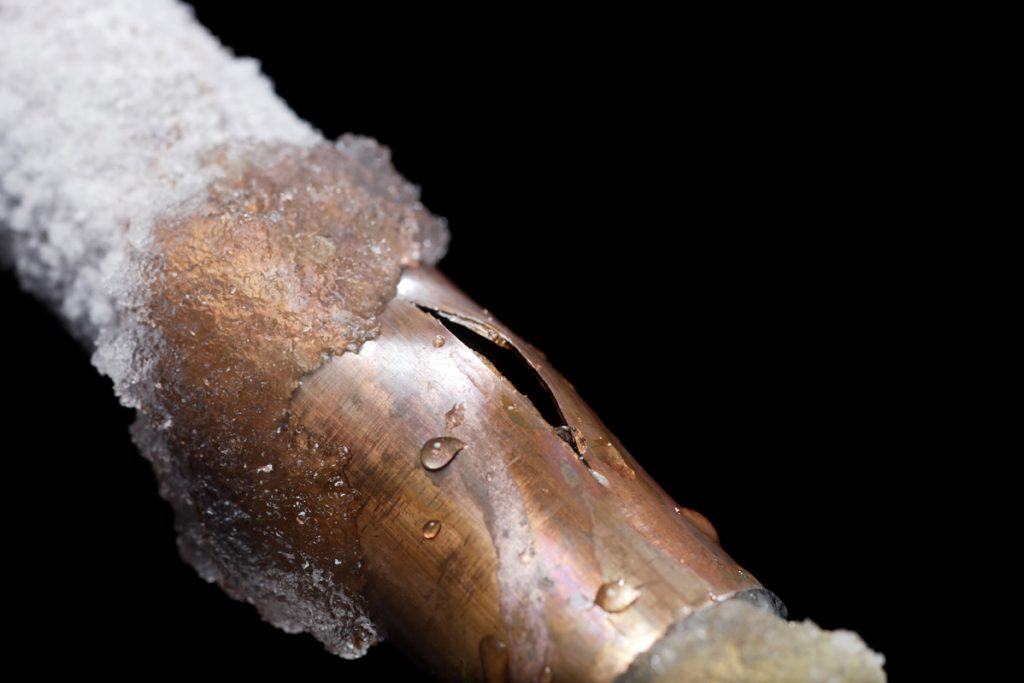
It seems like freezing temps just sneak up on us sometimes, don’t they? I know they seem to in the South. Rather than running to the store to deplete it of milk and bread, take heed of these 10 tips to help prepare your home for sub-freezing temperatures!
1. Disconnect your hoses from your hose bibs and purchase a hose bib cover from Lowe’s or Home Depot.
2. If you have a well, get a spotlight and put it under your well cover and turn it on. The heat generated by the light will keep your well from freezing.
3. If you have a sink on an exterior wall, open the cabinet doors up at night to allow the heat from the home to get under the cabinets to help prevent freezing.
4. When the weather gets below freezing, you may want to close your foundation vents. This is especially pertinent if you have copper piping instead of PEX water lines as copper doesn’t expand when ice freezes. PEX can expand up to 10 times it’s size without bursting.
5. If you’re not going to stay in your home during freezing temperatures, consider shutting off the water main to your home.
6. Turn on a faucet inside your home and allow it to trickle at night when you go to bed. The little bit of circulating water will make it harder for the water in your pipes to freeze (think of a river or creek).
7. If you have an irrigation system, you should have already “bled” the system using compressed air. If you haven’t and can’t get it done quickly (try calling a landscaping company), you may fire up your sprinkler system in the spring and find water spraying up out of the ground. PVC doesn’t like ice at all. (https://valorhealthcare.com/)
8. If you have pipes that are exposed in crawl space, attic, garage, or other un-heated area, consider wrapping them with insulation or (if safely permissible) plug in a space heater temporarily.
9. Do you know how to shut off the water to your home in the event of a leak? Many older homes do not have whole-home shut offs and you will need a meter key to shut the water off at the meter. *Note: some jurisdictions may have regulations against shutting the water off yourself. Although, if it’s my home, I’m asking for forgiveness rather than flooding my home.
10. Clean out your gutters! (yes, really) Gutters that are full will allow snow and ice to collect and build up the roof line. We call this “ice damming.” Ice will form and creep up under your shingles. When the ice melts, you now have water damage inside your home. Most homes in the South don’t have requirements for installing an ice and water shield under the shingles like they do up North. So, just be careful and get up there and clean them out!
I hope these help you! Be sure to like and share this blog post to your family and friends! Please consider liking my Facebook page as well where I often post helpful home maintenance videos and tips.



